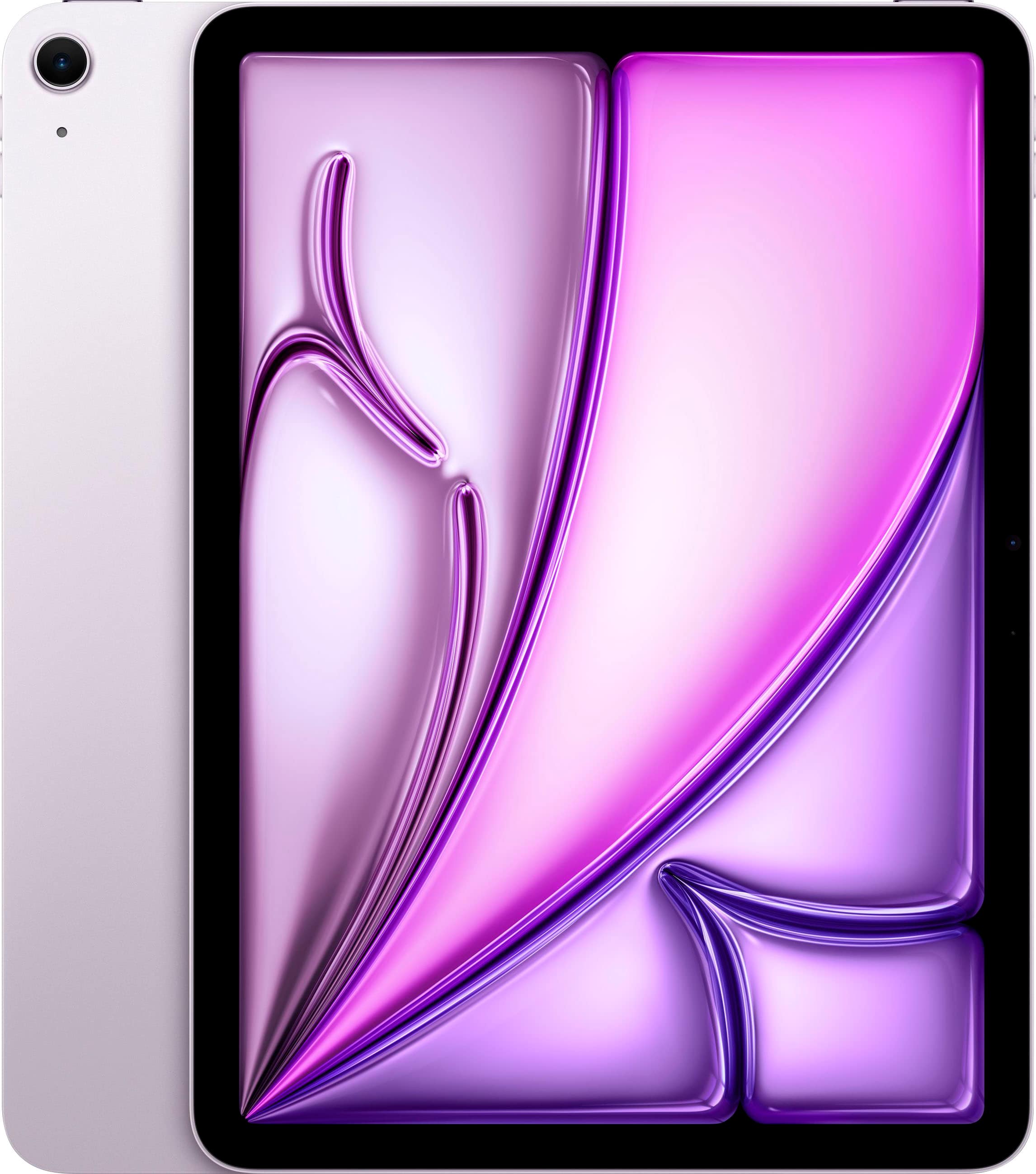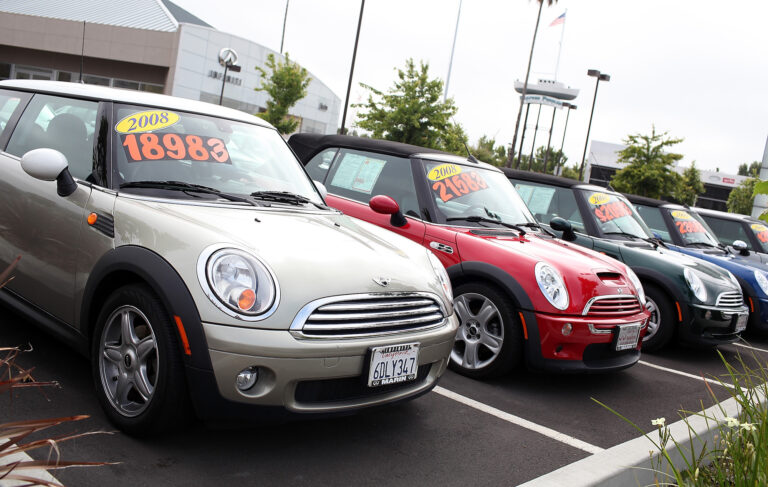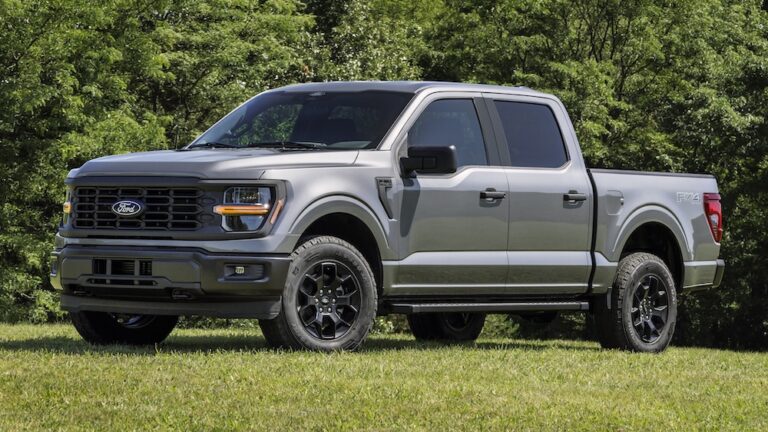The Ultimate Guide to the Best Car LED Brands: Illuminating Your Drive
The Ultimate Guide to the Best Car LED Brands: Illuminating Your Drive cars.truckstrend.com
In the ever-evolving landscape of automotive technology, car lighting has undergone a remarkable transformation. Gone are the days when dim, yellowing halogen bulbs were your only option. Today, Light Emitting Diodes (LEDs) have revolutionized how we see and are seen on the road, offering unparalleled brightness, efficiency, and longevity. But with a dazzling array of options, how do you navigate the market to find the "Best Car LED Brand" for your vehicle?
This comprehensive guide will illuminate the path, helping you understand the key factors, top contenders, and practical considerations to ensure your vehicle is equipped with lighting that enhances both safety and style. Choosing the best car LED brand isn’t just about brightness; it’s about reliability, compatibility, beam pattern integrity, and a host of other elements that contribute to a superior driving experience. Let’s dive in and shed some light on this crucial automotive upgrade.
The Ultimate Guide to the Best Car LED Brands: Illuminating Your Drive
Why Upgrade to Car LEDs? The Brilliance of Modern Lighting
Before we delve into specific brands, it’s essential to understand why LEDs have become the preferred choice for discerning drivers. The benefits extend far beyond mere aesthetics:
- Superior Brightness and Visibility: LEDs produce a significantly brighter, whiter light compared to traditional halogen bulbs. This translates to enhanced visibility of the road ahead, clearer recognition of obstacles, and improved reaction time, especially during nighttime driving or adverse weather conditions.
- Energy Efficiency: LEDs consume substantially less power than halogens, reducing the load on your car’s electrical system. This can lead to minor fuel efficiency improvements and prolonged battery life.
- Exceptional Lifespan: While halogen bulbs typically last 500-1,000 hours, quality LED bulbs can boast lifespans of 30,000 to 50,000 hours or more. This means fewer replacements and less maintenance over your vehicle’s lifetime.
- Instant On/Off: Unlike HIDs (High-Intensity Discharge) that require a warm-up period, LEDs provide instant full brightness, which is particularly beneficial for high beams and signal lights.
- Modern Aesthetic: The crisp, white light of LEDs gives your vehicle a contemporary and premium look, often found in luxury and newer model cars.
- Durability: LEDs are solid-state devices, meaning they don’t have fragile filaments that can break. This makes them more resistant to vibrations and impacts, ideal for the demanding automotive environment.

Key Factors to Consider When Choosing a Car LED Brand
Selecting the "best" LED brand isn’t a one-size-fits-all decision. It involves carefully evaluating several technical and practical aspects to match the right product with your specific needs and vehicle.
1. Brightness (Lumens) and Beam Pattern

While high lumens sound appealing, raw brightness isn’t everything. A high lumen count poorly distributed can blind oncoming drivers or create glare.
- Lumens: Look for a balance. For headlights, 8,000-12,000 lumens per pair is generally a good range for aftermarket LEDs, offering significant improvement over halogens without being excessive.
- Beam Pattern: This is critical. The best LED brands design their bulbs to mimic the filament position of halogen bulbs, ensuring the light is projected correctly within your vehicle’s headlight housing. Poor beam patterns can lead to dark spots, uneven illumination, and dangerous glare for others. Brands that prioritize optical engineering are key.

2. Color Temperature (Kelvin)
Measured in Kelvin (K), color temperature dictates the hue of the light.
- 4000K-5000K: Warmer white, similar to natural daylight.
- 6000K-6500K: Pure white with a hint of blue, the most common and popular choice for a modern look.
- 8000K and above: Bluish or purplish tint, often less effective for visibility in rain or fog and can appear gaudy.
Choose a range that offers optimal visibility and matches your aesthetic preference, typically 6000K-6500K.
3. Durability and Heat Dissipation
Heat is the enemy of LEDs. Poor heat management drastically reduces bulb lifespan.
- Heat Sinks: Larger, well-designed aluminum heat sinks are crucial.
- Cooling Fans: Many high-power LED bulbs incorporate miniature fans to actively dissipate heat. Ensure these fans are high-quality, quiet, and durable. Fanless designs are simpler but may limit brightness or require more robust passive cooling.
- Materials: Look for aviation-grade aluminum and IP67/IP68 waterproof ratings for resistance against dust and moisture.
4. Compatibility (CANbus & Bulb Size)
- CANbus (Controller Area Network Bus): Many modern vehicles use a CANbus system that monitors bulb resistance. If an LED bulb doesn’t draw enough power, the car’s computer might detect it as a "bulb out" error or cause flickering. Reputable brands offer "CANbus-ready" or "error-free" LEDs, or provide decoders/resistors to prevent these issues.
- Bulb Size: Double-check your vehicle’s specific bulb type (e.g., H7, H11, 9005) and ensure the LED bulb’s physical dimensions fit within your headlight housing, especially concerning the heat sink or fan.
5. Ease of Installation
While many LEDs are marketed as "plug-and-play," some installations can be more complex, especially if decoders or modifications are needed. Brands that offer compact designs and clear instructions simplify the process.
6. Warranty and Customer Support
A good warranty (1-2 years minimum) signifies a manufacturer’s confidence in their product. Responsive and knowledgeable customer support is invaluable if you encounter installation issues or product defects.
7. Brand Reputation and Reviews
Research is key. Look for brands with consistently positive reviews, active communities, and a track record of quality and reliability. Online forums, YouTube reviews, and trusted e-commerce platforms are excellent resources.
Top Contenders: Best Car LED Brands on the Market
While "best" is subjective and can depend on your specific needs, several brands consistently stand out for their quality, performance, and customer satisfaction.
- Philips: A global leader in lighting, Philips offers premium automotive LED solutions known for their OEM-level quality, precise beam patterns, and excellent reliability. They are often pricier but deliver exceptional performance and longevity.
- OSRAM: Another highly respected name in automotive lighting, OSRAM provides high-performance LED bulbs that are often used as OEM components. Their products are known for their durability and superior light output.
- Sylvania (LEDriving): A well-known brand in the North American market, Sylvania offers a range of LED bulbs that provide significant upgrades over halogens. They focus on ease of installation and reliable performance.
- AUXITO: A popular aftermarket brand, AUXITO offers a wide variety of LED bulbs for various applications (headlights, fog lights, interior). They are known for providing good brightness, decent beam patterns, and competitive pricing, making them a strong value proposition.
- Fahren: Gaining popularity for their high lumen output and effective cooling systems (often with dual fans), Fahren LED bulbs are a strong contender for those seeking maximum brightness. They generally offer good value for their performance.
- HIKARI: HIKARI is another brand that focuses on high lumen output and advanced cooling technology. Their bulbs are often praised for their crisp white light and ease of installation, though some models can be quite large.
- Sealight: Offering a balance of affordability and performance, Sealight LEDs are a good option for drivers looking for a noticeable upgrade without breaking the bank. They focus on compact designs and plug-and-play installation.
- Alla Lighting: Specializing in a broad range of automotive LED bulbs, Alla Lighting provides options for headlights, fog lights, interior lights, and more. They are known for offering a good selection of specialized bulbs and decent quality.
Types of Car LED Applications
LED technology can enhance nearly every light on your vehicle:
- Headlights (High/Low Beam): The most common and impactful upgrade for visibility.
- Fog Lights: Improve visibility in adverse conditions (fog, rain, snow).
- Interior Lights: Dome lights, map lights, trunk lights for a brighter, more modern cabin.
- Turn Signals & Brake Lights: Instant illumination provides quicker warning to other drivers.
- Reverse Lights: Significantly brightens the area behind your vehicle for safer backing up.
- DRLs (Daytime Running Lights): Enhance daytime visibility and often come in crisp white LED versions.
Installation Tips and Troubleshooting
While many LED bulbs are designed for DIY installation, here are some pointers:
- Consult Your Manual: Confirm your vehicle’s specific bulb type before purchasing.
- Safety First: Disconnect your car’s battery before working on electrical components.
- Wear Gloves: Avoid touching the LED chips, as oils from your skin can damage them.
- Mind the Orientation: Some LED bulbs are polarity sensitive. If it doesn’t light up, try flipping the connector 180 degrees.
- Secure Cables: Ensure all wires and decoders are tucked away safely and not interfering with moving parts.
- Beam Pattern Check: After installation, especially for headlights, park facing a wall (about 25 feet away) and check your beam pattern. It should have a clear cutoff line and no excessive glare. Adjust if necessary.
- Troubleshooting Flickering/Error Codes: If you experience these issues, you likely need a CANbus decoder or resistor. Many good brands will include these or offer them as an add-on.
Maintaining Your Car LEDs
LEDs require minimal maintenance, but a few practices can ensure their longevity:
- Keep Headlight Lenses Clean: Cloudy or yellowed headlight lenses will diminish even the brightest LEDs. Use a headlight restoration kit if needed.
- Check Connections: Periodically ensure all electrical connections are secure and free from corrosion.
- Monitor Heat Dissipation: Ensure nothing is obstructing the cooling fans or heat sinks.
- Avoid Submerging: While rated for water resistance, avoid direct, prolonged submersion of the bulbs.
Estimated Price Range for Best Car LED Brands
Prices for car LED bulbs can vary significantly based on the brand, application (headlight vs. interior), brightness, and included features (e.g., CANbus readiness). The table below provides estimated price ranges for common applications from reputable brands. These are general figures and can fluctuate based on sales, retailers, and specific models.
| Brand Name | Product Type (Application) | Key Feature / Characteristic | Estimated Price Range (Pair/Set) |
|---|---|---|---|
| Philips | Headlight (H7, H11, 9005) | Premium OEM Quality, Precise Beam | $120 – $250+ |
| OSRAM | Headlight (H7, H11, 9005) | High Performance, Durability | $100 – $220 |
| Sylvania | Headlight (H7, H11, 9005) | Reliable Upgrade, Easy Installation | $80 – $180 |
| AUXITO | Headlight (H7, H11, 9005) | Good Brightness, Value for Money | $40 – $90 |
| Fahren | Headlight (H7, H11, 9005) | High Lumen Output, Effective Cooling | $50 – $100 |
| HIKARI | Headlight (H7, H11, 9005) | Very Bright, Advanced Cooling | $60 – $120 |
| Sealight | Headlight (H7, H11, 9005) | Affordable, Compact Design | $35 – $80 |
| Alla Lighting | Fog Light (H8, H11, 9006) | Diverse Selection, Good Color Options | $25 – $60 |
| AUXITO | Interior/Dome/Map Light | Bright Interior Illumination | $10 – $30 (per set) |
| Alla Lighting | Turn Signal/Brake Light | Instant Response, Error-Free Options | $20 – $50 (per pair) |
| Various Brands | Reverse Light (921, 7440) | Enhanced Rear Visibility | $15 – $40 (per pair) |
Note: These are estimated prices for common applications and can vary based on specific bulb type, retailer, sales, and whether CANbus decoders are included or required separately.
Frequently Asked Questions (FAQ) About Car LED Brands
Q1: Are LED headlights legal?
A1: The legality of aftermarket LED headlights varies by region and jurisdiction. In the USA, DOT (Department of Transportation) regulations typically state that headlight assemblies must be certified as a complete unit. Installing aftermarket LED bulbs into a halogen housing usually voids this certification. However, enforcement varies, and many drivers use them. Always check local laws. The key is to ensure your chosen LEDs have a proper beam pattern that doesn’t blind other drivers.
Q2: Do I need a CANbus decoder for my LEDs?
A2: Many modern European and some American/Asian vehicles use a CANbus system. If your car throws a "bulb out" error, experiences flickering, or the lights don’t work after installing LEDs, you likely need a CANbus decoder or resistor. Reputable LED brands often specify if their bulbs are "CANbus ready" or offer decoders separately.
Q3: What’s the ideal color temperature (Kelvin) for headlights?
A3: Most drivers prefer a color temperature between 6000K and 6500K. This range provides a crisp, modern white light that closely mimics natural daylight and offers excellent visibility without being overly blue, which can reduce visibility in adverse weather.
Q4: Can I install LED bulbs myself?
A4: For many vehicles, replacing halogen bulbs with plug-and-play LEDs is a straightforward DIY task, often requiring no special tools beyond basic hand tools. However, some vehicles may have tight spaces, require removing other components, or need additional wiring for decoders. Always refer to your vehicle’s manual and the LED bulb’s instructions.
Q5: How long do car LED bulbs typically last?
A5: High-quality LED bulbs can last significantly longer than halogens, often 30,000 to 50,000 hours or more. This translates to several years of typical driving, making them a very durable upgrade. Lifespan is heavily influenced by effective heat dissipation.
Q6: Will LED headlights blind other drivers?
A6: Poorly designed LED bulbs or improper installation can indeed cause excessive glare and blind oncoming drivers. This is why choosing a reputable brand with a focus on accurate beam patterns and ensuring correct installation (especially beam alignment) is crucial. The "best" brands prioritize safe and effective light distribution.
Conclusion: Driving Towards a Brighter Future
Choosing the "Best Car LED Brand" is a journey that combines research, understanding, and a dash of personal preference. It’s not just about the brightest light; it’s about the right light – one that enhances your visibility, modernizes your vehicle’s appearance, and most importantly, contributes to safer driving for everyone on the road.
By considering factors like beam pattern, color temperature, heat management, and compatibility, and by exploring the offerings from reputable brands like Philips, OSRAM, AUXITO, and Fahren, you can make an informed decision. Upgrading to quality LEDs is an investment that pays dividends in terms of safety, longevity, and a truly illuminated driving experience. So go ahead, shed the dim past, and drive confidently into a brighter future with the perfect car LED brand for you.




